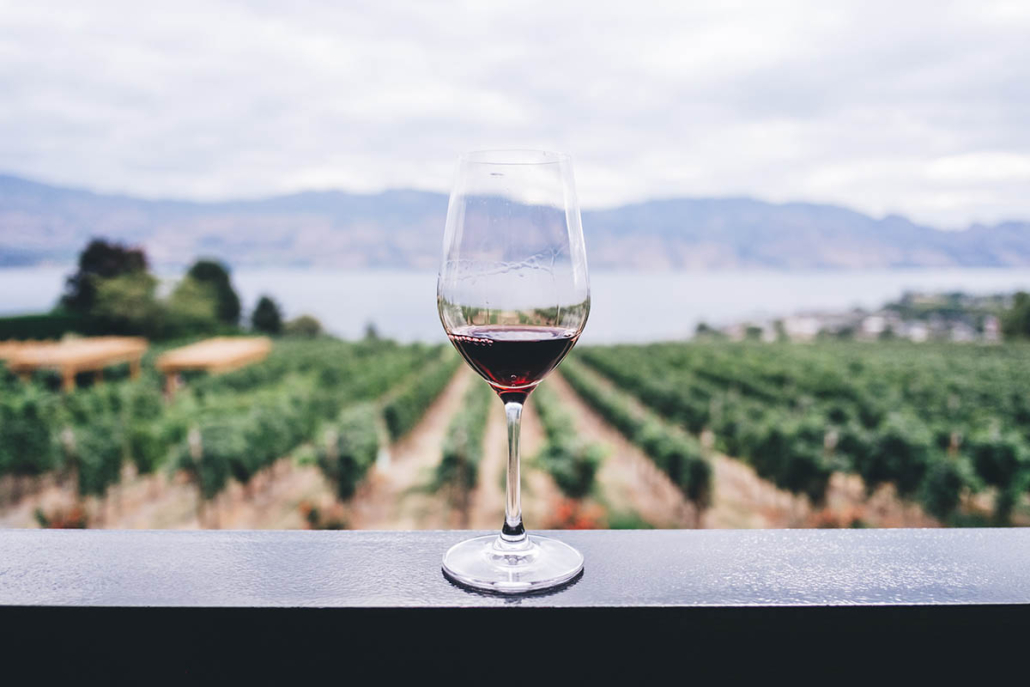Winery Pump Stations – Challenges and Solutions
Winery pump stations pose a number of challenges for the packaged wastewater lift station builder. The breakdown of the liquid mash, containing fruit and stems, produces wastewater of a high ph. The wastewater also contains other potentially harmful chemicals and there are strict guidelines for its disposal. Compounding this situation, wash down water temperature is generally in the range of 150-175 degrees. Taylor Pump Stations has the experience and expertise to meet these challenges, ensuring that your pump station will function perfectly for many years.
Taylor Designs Winery Pump Stations for Longevity. We Build Them to Process and Withstand High Heat, High ph and Corrosive Chemicals.
Our winery pump station wet wells are also holding wells. This helps to deal with both heat and ph. We also carefully consider the protection level and durability of each individual component in the wet well. This makes our pump station durable and hassle free.
The “hot water” dynamic has a major corrosive effect on the stations internal components. It is more than just a degree point on a thermal gauge and we take it into account in every aspect of the design. Heat rises in the wet well and produces caustic vapors when it come into contact with the organic waste. These vapors “pop” and degrade the wet well components like cavitation effects on a pumps impeller.
Experience is a Must for Winery Lift Station Packagers.
There is surprisingly little information available in the form of technical books or white papers regarding design criteria for pumping conveyances and holding wells where hot water and the ensuing organic degradation occurs. We acquired our expertise through experience and direct conversation with engineering experts. So “in a nutshell” or this case “in a wet well,” the idiom of “all things considered” is very important in building a wastewater lift station that will withstand the eroding effects of hot water in “the mash.”
Heat is energy.
That energy has to dissipate. Any pumping vault holding high temperature wastewater must employ proper venting. The high temperature water combined with the organics, produces a high ph liquid with a ph that is upwards of 7-11. Heat rises in the form of vapors, which condense back to liquid on the underside of the lid. The metal and concrete components at this location experience the greatest amount of corrosion. We place the epoxy in two distinct coats on these components. This insures that each layer dries before placing the final coating.
A proper duct seal is also a very important component in the high temperature waste water lift station. It provides crucial protection against the corrosive vapors entering into the all-important electrical components in the control panel.
The above narrative is just the basic 1,2 and 3 of building a wash down winery pump station. There are so many minute details that we take into account when designing a quality winery wash down lift station. We are also licensed general engineering contractors and we know well the benefit of placing the best components in the ground so that they will last for many years. Please feel free to call on us, if you’re considering such a lift station. We’ll put our 42 years of experience to work for you!
You may also want to read Challenges of Building Wash Down Packaged Lift Station for Breweries – Here!

Photo by Kym Ellis



